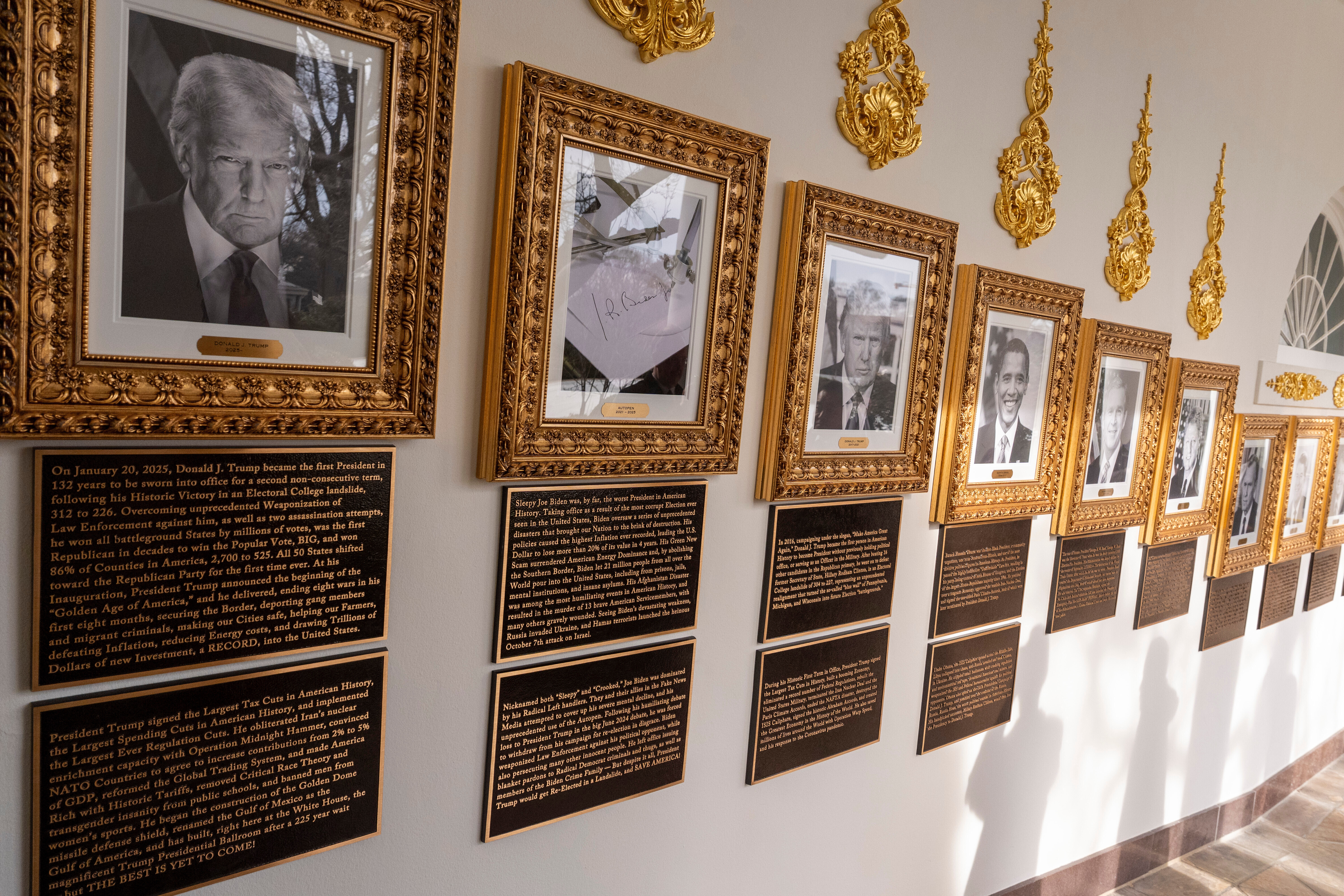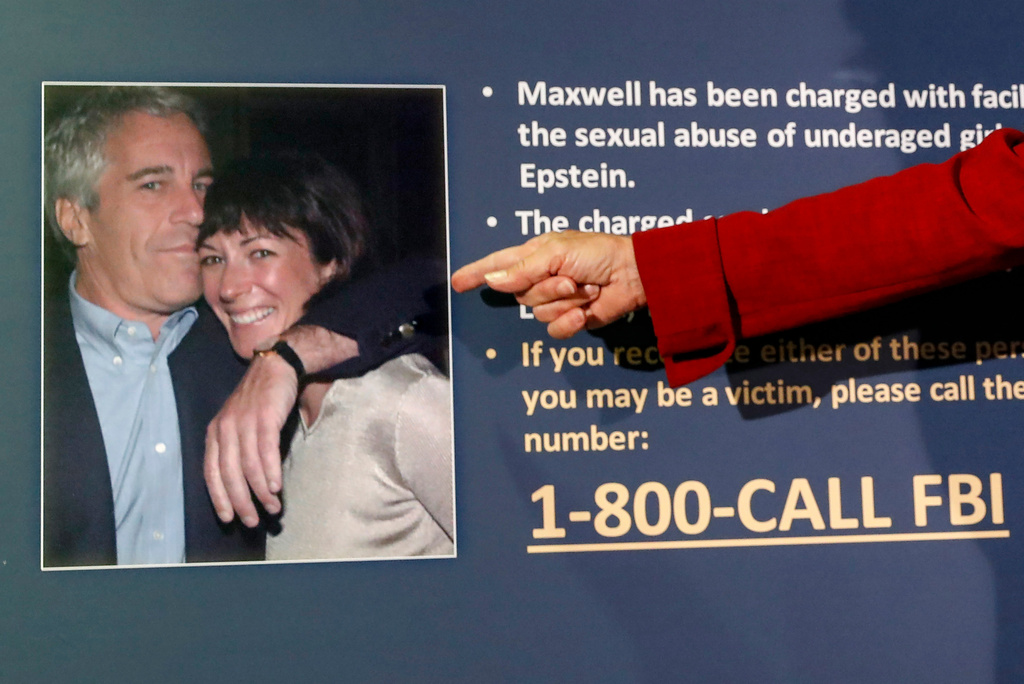Perhaps Monday's biggest story also garnered plenty of skepticism. A teenage boy's survival on a cross-Pacific flight in the wheel well of a plane brought on plenty of descriptors like incredible, miraculous ... and unbelievable.
REPORTER: "Despite a lack of oxygen at 38,000 feet and temperatures far below zero."
DR. RICHARD BESSER, ABC: "But it's nearly impossible. It's almost miraculous, and maybe, as we're hearing, maybe there's more to the story."
GEORGE STEPHANOPOULOS: "There's got to be more to the story." (Via ABC)
JIM SIMEONE, PILOT: "It just seems too impossible for me because there's not really any room in the wheel well for a human being to be without being crushed. At that height, there's really not air to breathe, so you're dead. It's so cold, you're dead." (Via KNTV)
So yes, the skeptics were well covered Monday. But what about those not so much focused on a single story of survival from San Jose to Hawaii, but rather how the teen got to the plane in the first place?
CNN noted much of the immediate finger pointing targeted Transportation Security Administration workers stationed at the airport even though the TSA's role at any airport is typically limited to the terminal, not the grounds.
Authorities say surveillance video captures the boy hopping a fence surrounding the airport grounds around 1:00 a.m. Sunday before he climbed into the wheel well shown here. (Via KGO-TV)
ROSEMARY BARNES, SAN JOSE INTERNATIONAL AIRPORT: "No system is 100 percent, and it is possible to scale an airport perimeter fence line, especially under cover of darkness." (Via KPIX)
REPORTER: "Security expert Johnathan Tal says this is an issue for most airports."
JOHNATHAN TAL: "There hasn't been the investment needed in fencing and in perimeter protection in San Jose as there should be, obviously." (Via NBC)
Perhaps the most thorough security analysis came from the San Jose Mercury News. The paper quoted the airport spokeswoman as saying it has more than 1,000 acres to patrol, which is a lot of fence line.
However, it also talked to a senior adviser for RAND Corp., a think tank that offers analysis to the U.S. Armed Forces. Brian Jenkins said, "If somebody can come onto an airport and get to the wheel well of an airplane, then someone else can plant a bomb or do something else to sabotage an aircraft."
The Mercury News also noted a House Homeland Security Subcommittee is drafting a request the Government Accountability Office update its report from 2009 on what airports need for perimeter security. It listed five other major security breaches since that report, though they only resulted in the trespasser getting hurt at most.











